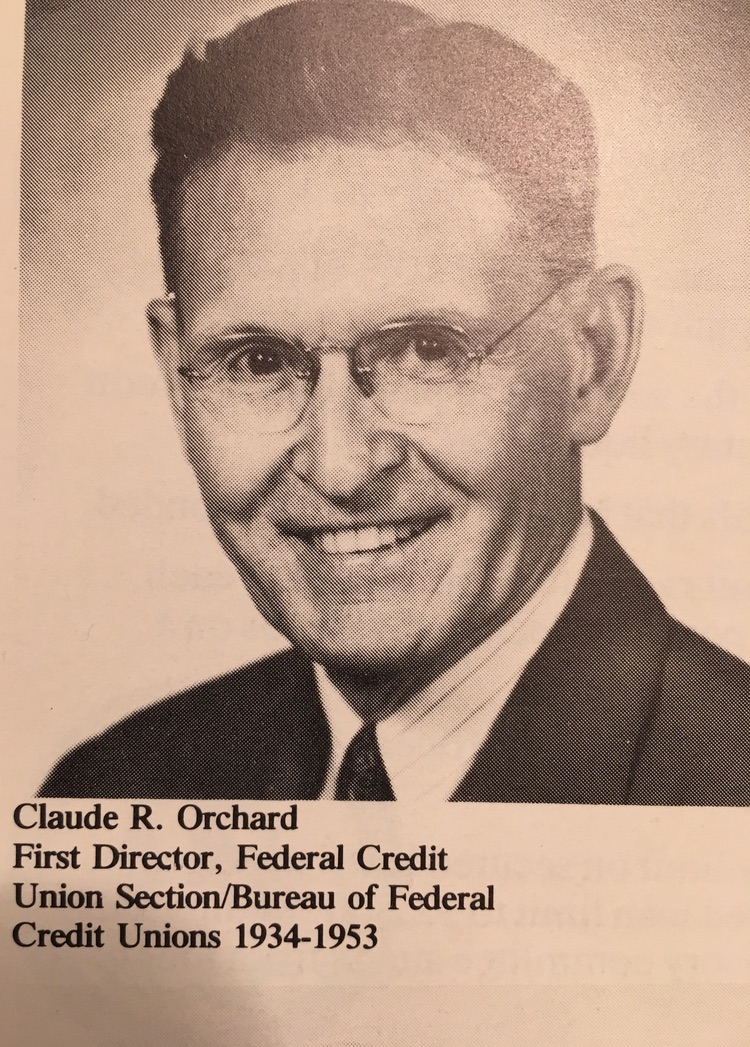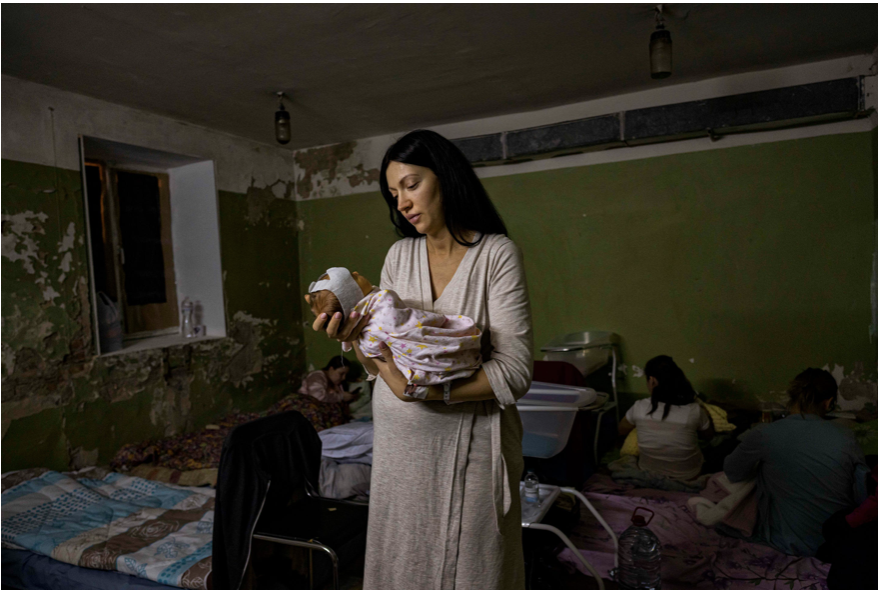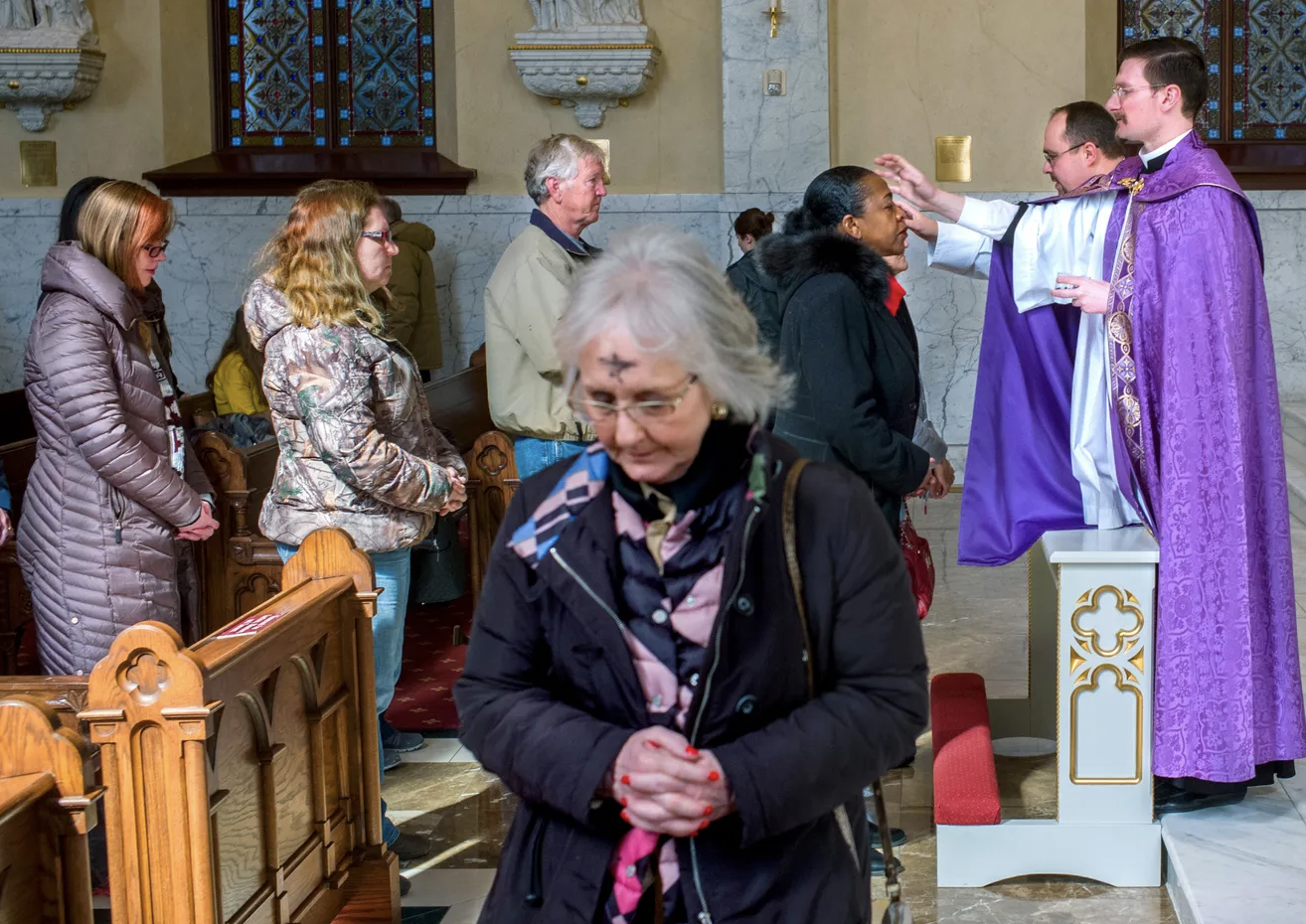The new year has opened with a number of reassessments of business priorities decided prior to the rise in rates. The era of free money is over. Also TINA, the belief that there is no alternative kinds of novel investment decisions.
An example of a foray into a new lane is told in an article, Paradise Lost, Why Goldman’s Consumer Ambitions Failed.
The story in brief. In 2014 as a means to further its long term growth objectives and participate in the emerging fintech sector Goldman’s leaders decided to transform the Wall street investment bank into a main street player. Despite its success in corporate finance, advising heads of state and serving the uber-wealthy, it had no consumer finance presence.
In 2016 it launched Marcus (the first name of Goldman’s founder), and quickly attracted $50 billion in online deposits and an emerging consumer lending business. The distinct brand separated the firm from any lingering reputation fallout from the 2008-2010 financial crisis. It also positioned the effort, if successful, to be spun off as a separate fintech business, like Chime.
The effort morphed from a side project to become a selling point to Goldman stockholders looking for a growth story. However, even early on the initiative was questioned by some of “the company’s old guard who believed that consumer finance simply wasn’t in Goldman’s DNA.”
The initiative was placed in the same division that housed Goldman’s businesses catering to individuals. Most Marcus customers had only a few thousand dollars in loans or savings, while the average private wealth client had $50 million in investments.
In addition to increasing low cost deposits to over $100 billion, a major success was winning the competition to partner with Apple’s new credit card for its iPhone users.
Only later did it realize it “won the Apple account in part because it agreed to terms that other, established card issuers wouldn’t. The customer servicing aspects of the deal ultimately added to Goldman’s unexpectedly high costs for the Apple partnership.”
Then reality hit. Internally there was an ongoing debate about how the initiative should be led. There was turnover of senior staff leading the effort. The ramp up of hiring and expenses promoting the new business turned into a cumulative loss reported to exceed $2 billion.
The coup d’grace was the dramatic increase in the cost of funds. The Fed began its upward rate hikes in March 2022. The era of low cost financing was over.
The company pulled back from its strategy, even though its adventure in consumer banking managed to collect $110 billion in deposits, extend $19 billion in loans and find more than 15 million customers. The future of its GreenSky fintech lending business which it purchased in 2022 for $2.24 billion is unclear.
The bank turned away from its ambition to build a full scale digital bank. Disrupting the consumer banking market was harder and much less profitable than it had forecast.
Last week Goldman’s CEO Solomon told an CNBC analyst: “The real story of opportunity for growth for us in the coming years is around asset management and wealth management,”
What Is a Lane?
Staying is one’s lane is not an easy concept to apply. Most organizations want to expand and grow into new areas. Making prudent future investments to sustain a credit union is an important management responsibility.
If Goldman with all its all professional talent could not launch a successful fintech bank, is this a case study credit unions might learn from?
The following are credit union initiatives that can have consequences far different from the initial expectations. Especially as low-cost funding assumptions are rethought and the environment for lending enters a state of uncertainty.
- Purchases of whole banks at premiums that have created tens of millions of “goodwill” (an intangible asset) on credit union balance sheets;
- Out of area credit union mergers, even cross country, where there is no market overlap, sponsor relation or advantage to the members of either organization;
- Direct commercial real estate loans and participations in office buildings to “members” who are professional developers located in cities far removed from funding credit unions;
- Loan participations purchased in asset classes where repayment becomes more challenging when the economy slows or enters a recession;
- Investments in the tens of millions in fintech startups to build technology solutions for the digital era but which have a limited customer base and no operating profits. Will OTTI write-downs be required?
- Expanding FOM’s to geographic areas with no economic or market overlap to the credit union’s core market;
- Extending member lending programs to serve all consumer market segments from the traditional blue collar borrower to the millionaire retiree;
- Embracing high profile social issues, disconnected from the credit union’s market or business priorities.
Goldman’s consumer banking entry was the subject of much internal and external scrutiny. The firm used its internal talent, hired outside proven expertise, bought external companies, partnered with esteemed brands and still could not make the expansion work profitably.
Credit unions often lack the internal process or external pressures to look hard at new lanes. They rely on third party brokers and consultants who only get paid if the deal closes. One credit union CEO discussing a recent whole bank purchase in a far part of the state away from their historical market said, “It just fell into our lap.”
Unlike Goldman whose results are subject to constant investor scrutiny and market comparisons, credit unions lack the transparency and accountability that mark public institutions.
Staying in one’s lane may appear as lacking ambition or in some instances defeatist. Given the recent changes in interest rates and uncertainty in economic direction, it could be the most important strategic consideration a credit union makes.











